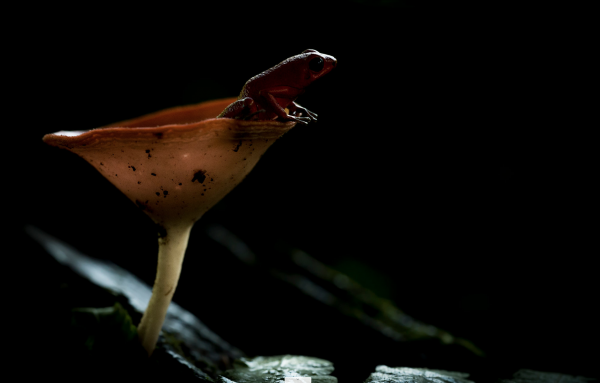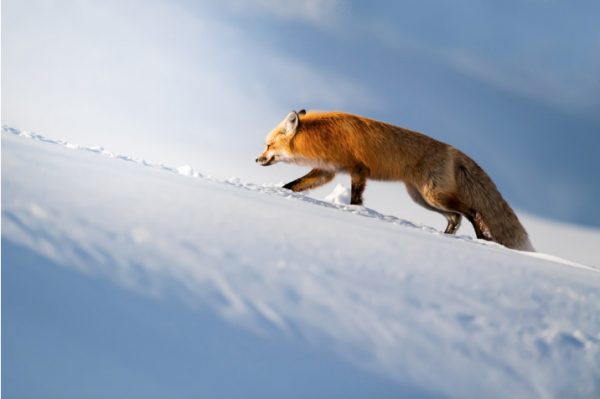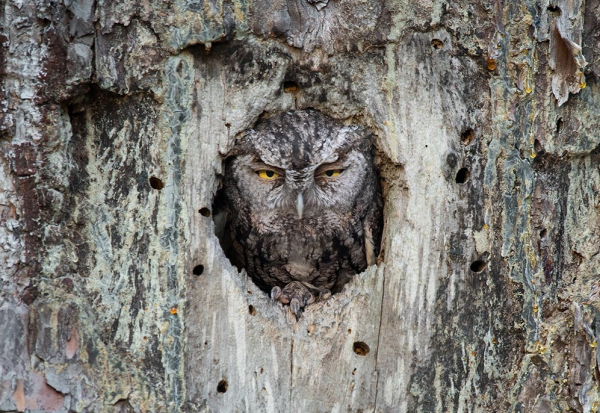We recently spoke with professional wildlife photographer, environmental photojournalist, and outdoor educator, Jared Lloyd, about how to get started with wildlife photography. From learning how to use light effectively, to taking the time to research and observe, here are a few wildlife photography tips to consider when out in the field.
Know Your Light
Especially if you don’t use flash, it’s important to know how to work with natural light. Most wildlife photographers shoot at the beginning and end of the day, when most animals are active, and to catch some golden hour glow. Similarly, they try not to shoot at mid-day, when the sun is directly overhead, to avoid harsh shadows or overexposure.
While it’s a good idea to research what type of animals you’re going to work with, and when they like to move around, Lloyd stresses it’s important to be adaptive with light.
“As a wildlife photographer, it is up to me to learn how to see the possibilities of any given light,” he says. “Even in harsh tropical midday sun, beautiful photographs are waiting to be created. You can play shadows off of highlights for high contrast or Chiaroscuro style lighting in your compositions.”

Although midday light is often harsh for critters on land, Lloyd says, “you can switch gears and go underwater, as midday light is the best time to shoot your subject close to the surface, given how that light penetrates through water.”
Take Time to Observe

While it all depends on the animal, it’s a good idea to get a feel for your subject before you start snapping away.
“Sometimes I might spend days watching a subject and preparing for a shoot,” says Lloyd. “Working a fox den can be like this. I will spend a couple days getting my mind wrapped around their comings and goings, when the kits come out of the den in the mornings and afternoons, trying to figure out the best angles and backgrounds, and time of day and light to shoot the situation in.”
“Then, I will go in in the middle of the day and set up a blind and brush it up with natural vegetation. Once completed, I high-tail it out of there as quickly as possible and don’t come back for three days in order to give the family of foxes time to acclimate to the new ‘thing’ in their environment, and my smell there.”
Animals acclimatized to humans, like those in national parks, may not require such advanced planning. However, in other cases, it can take an entire week of observation. It’s important to get close enough to your subject to anticipate their movements.
“The ability to anticipate behavior is everything in wildlife photography. This is why the better naturalist you are, the better photographer you will be,” says Lloyd.
Become a Naturalist

Speaking of: gather general information about your animal subjects for wildlife photography. Do the research. Lloyd has built a whole library of books about animals and natural history.
“Capturing the character of the animal starts with knowing the animal, understanding who they are in the world. You need to understand their ecology, biology, their friends and foes and food sources, and everything else that makes them who they are,” Lloyd says.
Basically, learning the history of a species can help you tell the story of an individual subject.
Stay True to the Story
It’s tempting to create a fantasy of your animal subject for the sake of a pretty picture. But whenever you can, Lloyd recommends staying true to its narrative.
“A couple of years back, I was working on a magazine assignment about Wood Ducks,” says Lloyd. “These guys are unique in the world of ducks here in North America in that they breed in the south, whereas all the other species go north for that. […] This species of duck is the denizen of cypress swamps, which is where they prefer to nest and breed and live out their lives. Cypress swamps are dark places.”
However, many photographers abandon this “mysterious world full of mood and emotion” to take pictures of the Wood Ducks in open water with bright light.
“This may make photography easier, and you can […] find Wood Ducks on the outer edges of their swampy haunts, but this is not the Wood Duck’s story.”
When you start wildlife photography, it’s a good idea to do your research upfront. Become a naturalist, and learn as much about the animal you’re going to photograph as possible.
Keep their story in mind as you structure your shoot. If you can, take some time to observe the animal in their space before you get started (bring your binoculars). It helps the animal get used to you, and you to it.
For gear, there’s no getting around a long telephoto lens. We recommend something like the Canon EF 100-400mm f/4.5-5.6L IS II USM, an excellent wildlife photography lens.
Final Thoughts
Capturing animals in their natural state can be incredibly exciting and rewarding. We hope the wildlife photography tips above provide a sense of what is required to nab the perfect shot. We also recommend following @jaredlloydphoto on Instagram for regular doses of nature in your feed.







